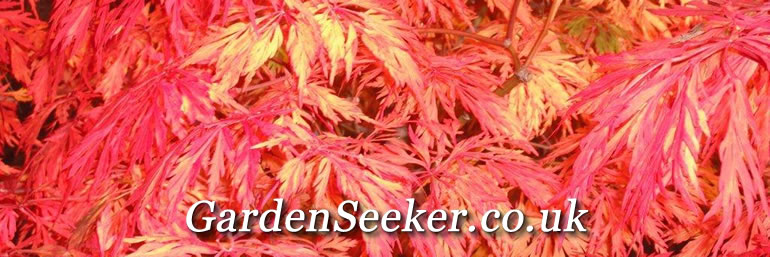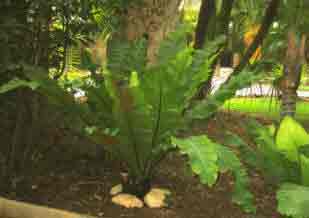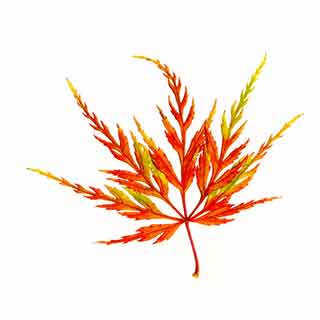

The Plant: Broad, bright-green leaf blades with a central black midrib. The leaves on the Bird's Nest Fern have a wavy edge, and, as they mature, extend to a metre or more in length, although growth can be restricted by limiting pot size.
When the Bird's Nest Fern is seen growing in its native habitat it is an amazing sight - sometimes nestling in the crotch of tree branches or somehow clinging to the trunk, and often lined up as small ferns along moss clad horizontal branches.
Originating in SE Asia, where it is happy growing on the ground - or in little nooks and crevices on trees, surviving by collecting water and organic matter in the base of its rosette of leaves. In natural habitat they can grow to 1 metre across, forming what gives it the common name of Birds Nest Fern. Together with which it has a central area of brown mossy appearance which resembles the nests of some tropical birds. A spectacular sight.
 Hard to replicate any of this conditions indoors, bit
this Asplenium makes a good houseplant nonetheless. Simply need to
modify things a little. Growing it in a pot for instance! If it can grow
in or on the ground, then a pot presents no problems.
Hard to replicate any of this conditions indoors, bit
this Asplenium makes a good houseplant nonetheless. Simply need to
modify things a little. Growing it in a pot for instance! If it can grow
in or on the ground, then a pot presents no problems.
Its needs: Good light but no direct sun. Just because it is a fern, does not confine it to a life of gloomy darkness. This one definitely prefers the light Free circulation of air but not in draught. Free-draining, open, organic, potting mix, which should not be allowed to dry out. Warmth and humidity required for healthy plant.
Application of dilute fertilizer or special fern food every two weeks. Mist-spray in hot dry conditions. Water can also be poured into the central leaf rosette. Avoid placing your Asplenium nidus where leaves can be damaged by passing people or animals. Susceptible to scale and mealy bug.
Asplenium nidus - resembles a small banana plant!
Good for: Makes a showy, unusual indoor plant, a stand-alone
feature due to leaf length and strong leaf colour.
Scale insects are easy to find along the main central vein - but on the underside of the leaf.
New stock is confined to the sowing of ripe spores and takes several moths in a propagator for first signs of slow growth.
